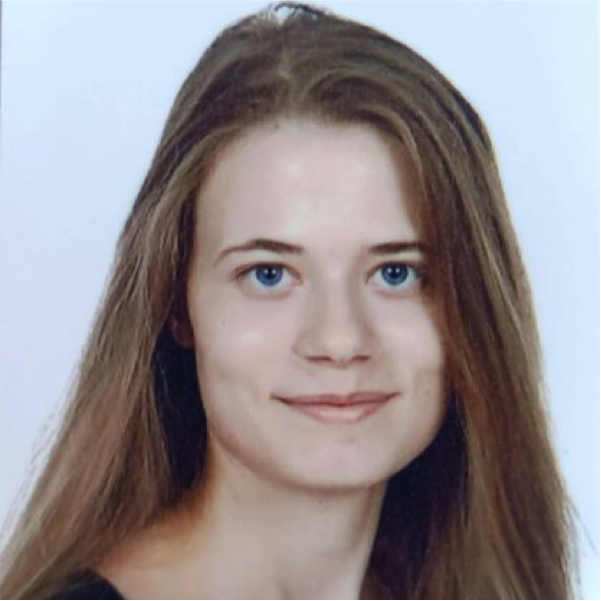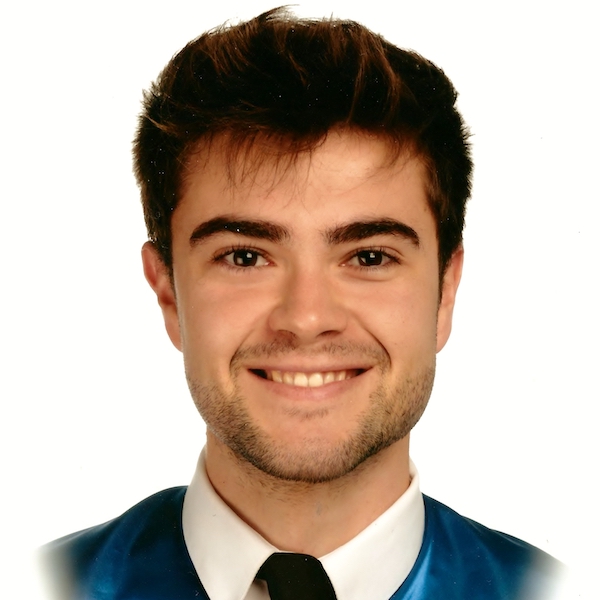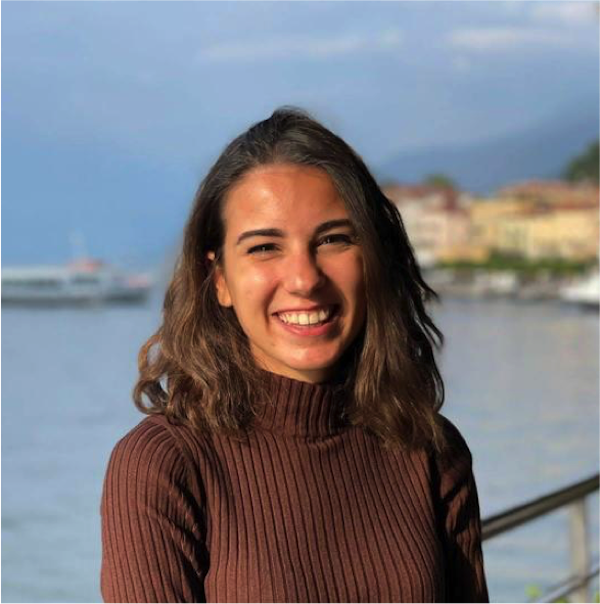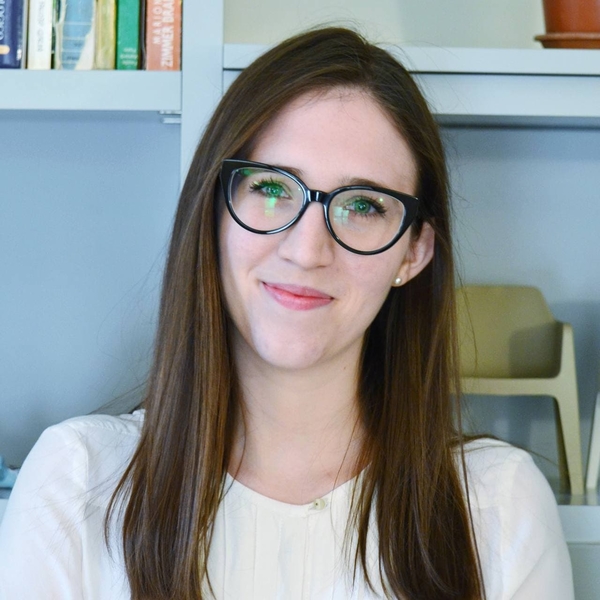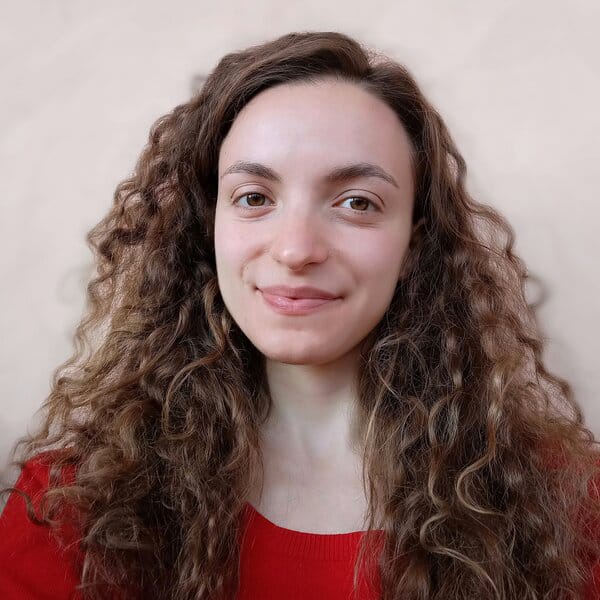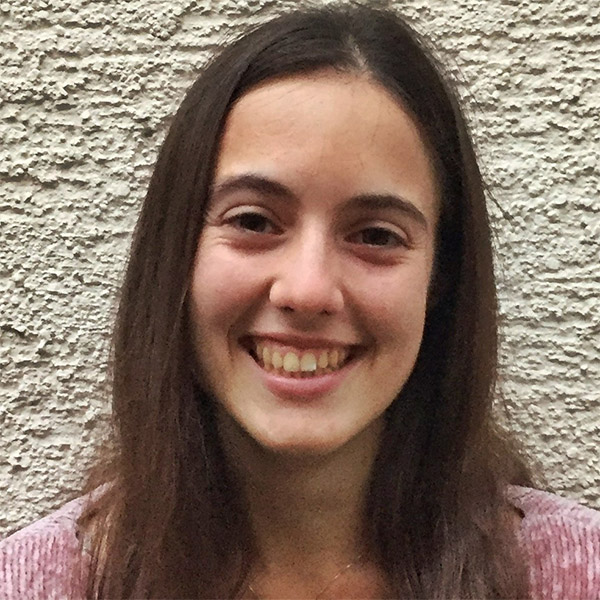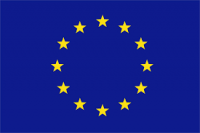ESR1 – Theofania Andreadaki
ESR1 will develop and demonstrate advanced metagenome mining strategies based on gene enrichment technologies and bioinformatics. The researcher in this project will develop innovative in vitro and in silico methodologies to design maximum diversity screening panels of PEP lyases that will be exploited both academically and commercially, within and beyond the project.
ESR2 – John Martinez
This project will address development opportunities of Ultra-High Throughput Screening assays for enzymatic carboligation. The researcher ESR2 will establish microfluidic workflows to screen the natural and artificial diversity of carboligases. This will include a systematic survey of fluorophores, additives, oils and surfactants to reduce leakage, the adaptation of existing carboligases assays to microfluidics and an initial characterisation of the enzymes.
ESR3 – Melissa Conte
ESR3 will focus on the development of standard kinetic assays for enzyme hit characterisation based on absorption. The researcher that enrols in this project will address the elucidation of the application scope of novel PEP dependent synthases. Specifically, they will identify sequences of PEP lyases in public databases, express and screen new lyases for substrate specificity, develop and validate new assays for lyases activity and verify enzyme stereoselectivity by preparative synthesis.. Finally, they will determine the structure of the most interesting enzyme detected.
ESR4 – Mehmet Mervan Çakar
This project will develop and validate mathematical models of complex multi-component reaction kinetics to select the optimal reactor modes for the scalable use of carboligases. The researcher will go through the process of producing the enzyme, setting kinetic parameters, developing new reaction models and validating them and choose the most fitting operation mode for the reactor based on the experimental data as well as model simulations retrieved during the research. This workflow will lead to the optimal reaction conditions and reactor setup to obtain maximum process metrics for the studied systems.
ESR5 – Alessia Tonoli
ESR5 is set to use sequence-based metagenome mining to identify "split" transketolases from mesophile and thermophile genomes. Once this task is completed, the researcher will clone and/or express several of these enzymes and characterise them for substrate specificity, substrate tolerance and stability. Finally, the project includes the determination of the structure of the best performing enzymes through X-ray crystallography.
ESR6 – Camilla Leogrande
This project is focused on researching the structure of the thermostable TK from Geobacillus stearothermophilus, as well as of variants engineered by directed evolution for non-native substrate tolerance. The researcher ESR6 will harness different crystallisation and time-resolved X-ray techniques to perform this task and proceed with protein engineering to further target and design variants with improved activity and selectivity.
ESR7 – Jules Perrard
ESR7 will develop transketolase variants with activity against non-natural electrophiles using directed evolution. The goal with is to broaden transketolase catalysis for novel carboligations. The researchers enrolled will characterise these variants kinetically for their substrate scope and will use them for preparative-scale synthesis. Jointly with ESR6 and ESR8 the most interesting enzymes developed will be subjected to X-ray structure determination.
ESR8 – Lucrezia Lanza
This project is set to identify new homologous enzymes having such unusual product scope, purify them and characterise them based on their substrate and stereoselectivity. A further goal is to determine a protein crystal structure to advance in the mechanistic understanding of these enzymes and to optimise the transformations needed for preparative scale-up in collaboration with industrial partners.
ESR9 – Giuseppe Arbia
ESR9 will investigate applications for the synthesis of hydroxyketones, as they are complex models carrying multiple chiral elements. The researcher will evaluate wild type and variants of transketolases and glyoxylate carboligases (GLCs) that are industrially applicable. They will use directed evolution to expand the substrate scopes of these enzymes towards donor and acceptor substrates and generate libraries that can be screened using high-throughput assays, in order to retrieve the best variants for biocatalytic processes.
ESR10 – Andrea Rizzo
ESR10 focuses on mapping the spectrum of substrate acceptance of different type of TDP dependent enzymes from an industrial perspective. The goal of this task is to obtain a toolbox of catalysts that cover attractive reactions. The researcher in charge of this project will recruit different classes of carboligases, both novel and previously identified in the literature. This will include cloning and expressing the enzymes, screening them to determine their substrate scope, engineering the protein to address limitations and investigate how to intensify the reaction and scaling it up to an industrial level.
ESR11 – Mireia Salvadó
As ESR10, this project is conceived to help identify potential chiral intermediates whose syntheses can be intensified and exploited in industrial sectors such as pharma, agrochemical or fragrances. The researcher ESR11 will recruit known TDP-dependent carboligases for novel applications. Next, they will assess their tolerance for aldehydes and solvents and engineer the enzymes to increase their stability. Finally, they will use the improved catalysts for preparative biocatalysis and progress towards scaling up the process.
ESR12 – Massimo di Mascio
This project will focus on the rational redesign of a fructose-6-phosphate aldolase for promiscuous substrate specificities. The research will start from an exhaustive characterization of the parent catalyst in terms of structure and kinetic profile. This will render the protein hotspots that are critical for substrate binding and specificity that will subsequently serve as a base for engineering novel biocatalytic applications.
ESR13 – Damiano Baroni
ESR13 investigates 4-oxalocrotonate tautomerase (4-OT) promoted aldol addition of acetaldehyde to a variety of benzaldehydes looking for efficiency, stereochemistry and product selectivity. The researcher will generate mutability landscapes for this enzyme to develop tailor-made aldolases with enhanced activity and selectivity and will harness the best performing enzymes in (chemo) enzymatic cascades to prepare todiols and aminoalcohols. In addition, redesigned natural aldolases will also be tested as potential catalysts for these and related reactions. Moreover, the researcher will oversee characterisation studies of these enzymes.
ESR14 – Veronika Chadimová
This project investigates the promiscuous activity of 4-OT and related enzymes to promote the asymmetric addition of nitroalkanes to a wide variety of α,β-unsaturated aldehydes. For this purpose, the researcher enrolled will optimise the enzymes for reactions that yield interesting GABA precursors by using different tools of protein engineering. They will afterwards characterise the artificial Michaelases in terms of structure-function relationships, using techniques such as DNA sequencing, protein purification or X-ray structure analysis.
ESR15 – Diletta Arceri
ESR15 will construct artificial enzymes by starting from a natural catalytic or non-catalytic protein scaffold with an active site to accommodate an artificial cofactor. The researcher that embarks in this project will design and produce these artificial enzymes and will screen for different relevant C-C bond forming reactions. Subsequent tasks will be the engineering for optimal activity and selectivity and identification of relevant applications for industry.
